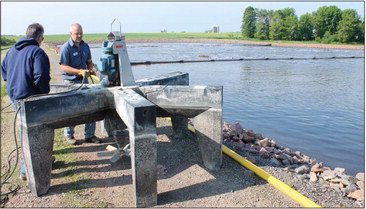Curtiss looks at big sewer upgrade


Two-phase project could cost as much as $17 million
Curtiss is looking at having to build a new sewage treatment plant that will cost upwa...


Two-phase project could cost as much as $17 million
Curtiss is looking at having to build a new sewage treatment plant that will cost upwa...